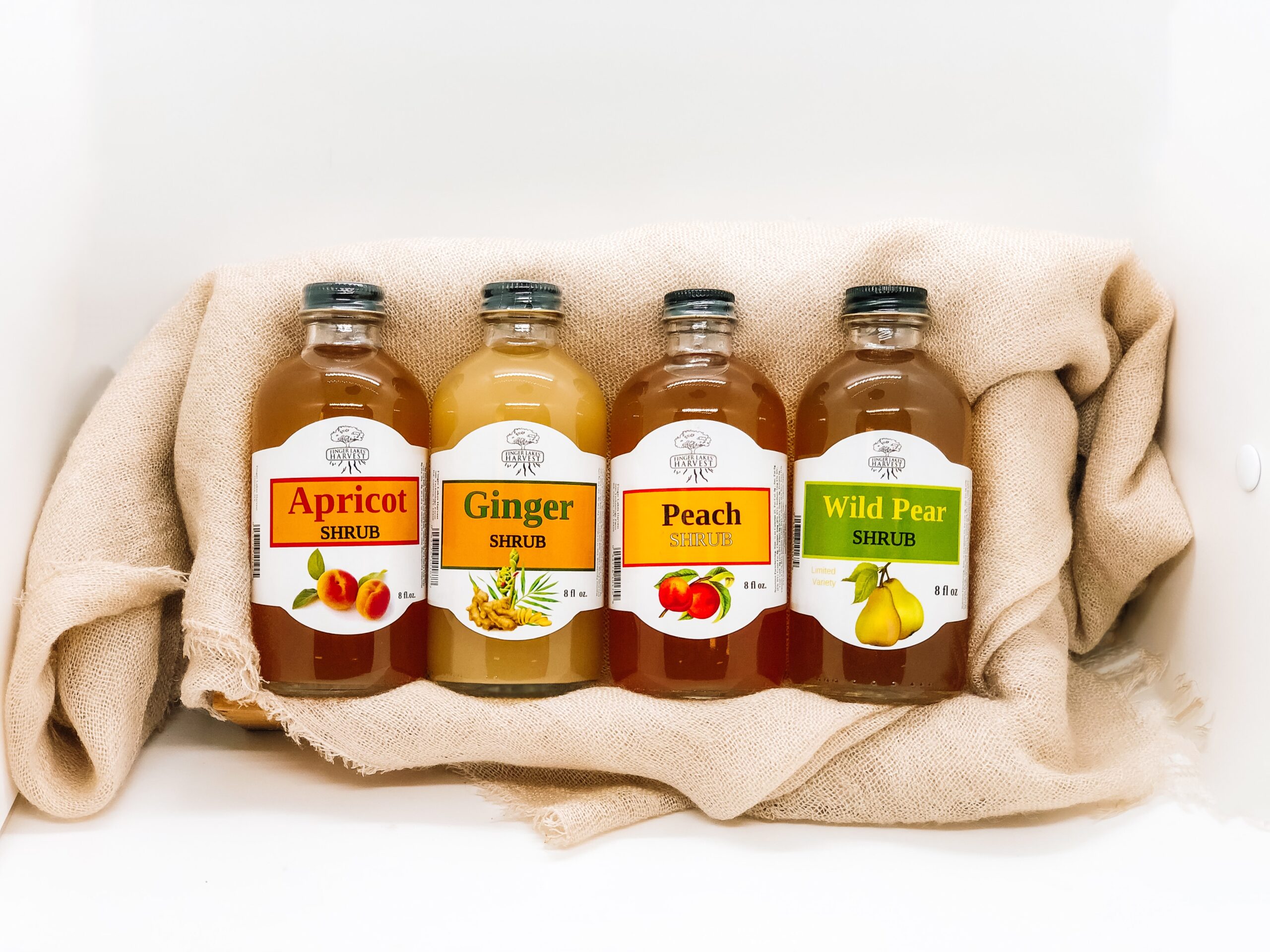Why is it Called Shrub?
We hear this question almost every day- why is it called shrub? Some folks are confused as to why something made from fruit, vinegar, and some type of sugar would be named after a low lying bush? Well the answer is simple….. and not so simple. Here is brief etymology of the word “Shrub”.
The shrub that you plant in your yard is well, just that. That kind of shrub comes from older Germanic languages and is best we can tell, a permutation of “scrub”, which means a low lying bush or collection of bushes. Scrub/Shrub arriving in the English isles when the Angles, Saxons, and Jutes (all Germanic) arrived in 400 to 800 AD in what is now called England.
The “shrub” which is the topic of this website and the stuff you find in bottles and jars etc, is also an English permutation of a middle eastern word(likely Proto Arabic). That word is Shraab. Other versions of this word are Shra’ab, Shrab. Shrarab, and Sherbet to name a few. Throughout the Middle East, North Africa, Iran, Central Asia, and the outer limits of the Indian subcontinent, you will find versions of these words all meaning similar things such as to drink a fermented drink, to make a fermented drink, or specifically a type of fermented drink or process.
Since then the name has stuck. However, time and use have allowed for other words and names to be co associated with “shrub” adding to the colloquial confusion as to what shrubs are. These include sipping or drinking vinegar, switchel, cocktail shrub, shrub punch, rum punch, sherbet, sherbert, and even soft drink. And those with strong familial memories will stand by what grandma called shrub no matter what or how it was made.
So, how did shrub get to England?

Europe woke up late. The rise of city states and trading capitals with a far reaching thirst for new foods, spices, and agricultural products didn’t really begin until the Vikings were assimilated and the Huns(Hordes and Mongols e.g.) were no longer pillaging Europe. Fruit based fermented and acidulated drinks were common in Roman and Greek eras and likely survived in one fashion or another long after Empire demise. World trade took off in the 15th century with Italian city nations Venice and Genoa leading the culinary charge. Turks and Persians were also in the game, making value added drinks and candies with fruit, sugar, milk, and vinegar. Italy was the formative trading partner for the rest of Western Europe which included England. It was likely then that the ideas of what became shrubs came to English cuisine later evolving into a practical preservation method. How it transformed into “Shrub” whence there ……. not sure about that yet.
As colonization spread across the globe in the 1600’s shrubs made their way to the Carribean and the Americas, at first on board ships for thirst and nutrition, and often laced with Rum. It is not clear whether early rum was so foul that it needed help or that shrubs needed rum to help with the inevitable sourness of vinegar that eventually formed.
Later shrubs were indispensable on the farm as a preservation method in the expanding North American colonies. Although the name shrub wasn’t fully associated with vinegar based preserves until the early 1800’s when common recipe books were published and distributed.
Either way, shrub remained in use all the way through the Temperance movement, Civil war, the Victorian cocktail era, and Prohibition. It took another 60 years for it to show up again in cocktail lounges, and in full resurgence from 2010 to today.





